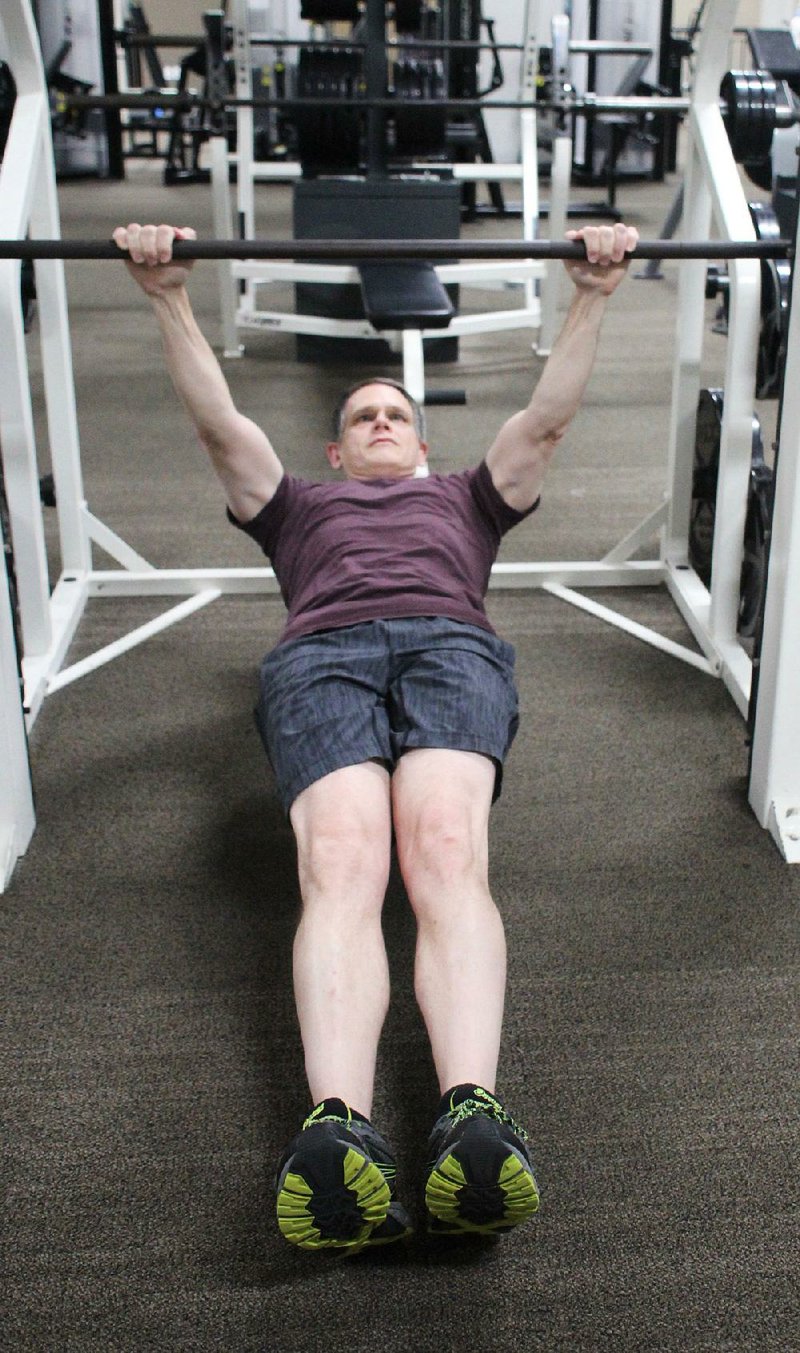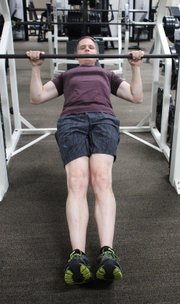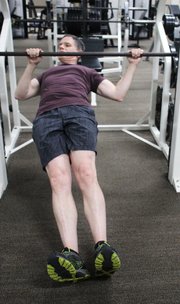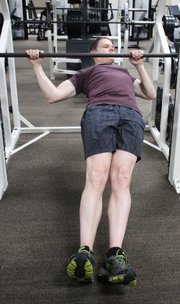Certain trendy, "edgy," subcategory fitness methods have popped up in the past decade to rock the foundation of traditional programming, a foundation developed through years of empirical research.
This week, I have a few items I hope you'll think about before jumping into these innovative workouts. Plus, I'll introduce an exercise that challenges one traditional teaching, the idea that perfect form is always necessary.
Hot yoga, CrossFit and mud runs are just a few of many subgenres of fitness culture trending today. All kinds of people -- young, old, weak, strong, ready or not -- hear about these methods and decide to go for it. Given the fact that the early 2000s featured P90X and Jillian Michaels videos -- tough stuff -- today's most heavily marketed programs seem particularly challenging for the beginning exerciser.
What's even more troubling is the fact that these workouts tend to dismiss traditional precautions that have shaped exercise prescription for the past 30 years.
Years of scientific research led to the development of the position stands published by the American College of Sports Medicine. The organization is one of, if not the most recognized authorities on physical activity in the world, simply because this organization does not stand behind any recommendation that hasn't been corroborated by research.
These position stands cover all kinds of situations, from eating during exercise and avoiding heat illness to how to progress when strength training. Check them out at acsm.org.
While some of the more popular subgenres tout "proven by research" in their marketing spiel, the long-term effects of many of these activities is unknown. They haven't been around long enough for sports scientists to conduct longitudinal studies.
This fact, in and of itself, is not necessarily enough reason to say, "Whoa." But when you combine uncertain long-term outcomes with the fact that some of these workouts do things that fly in the face of traditional exercise physiology principles, it's prudent to take a step back and think.
For example, hot yoga (Bikram) is done in rooms heated to 104 degrees. Standing still in such heat can lead to dehydration, heat exhaustion and other health problems. Certainly there are precautions one can take, for instance, drinking a lot of water and not doing a class like that if you're pregnant or you have a heart condition. But my point is, why take the risk?
Is performing yoga in 104-degree heat that much more effective than yoga performed at 75 degrees?
That is the kind of question that we should ask ourselves before engaging in a subgenre that might sound somewhat dangerous based on what we already know about exercise physiology.
All of that said, there are exceptions to every rule. This week's exercise is a pullup variation that doesn't necessarily follow the traditionally prescribed horizontal pullup form. However, its slight variation is minor enough to challenge your muscles while presenting minimal risk.
1. This exercise is done on a Smith machine. Adjust the barbell to 3 or 4 feet off the floor.
2. Sit below the bar and grasp it with your hands spaced slightly wider than your shoulders.
3. Straighten your legs in front of you and lean back to extend your arms. At this point, you should be hanging from the bar with your legs, hips and back aligned.
4. Pull your chest straight up to the bar and lower yourself back down.
5. For the next repetition, pull at an angle by moving your chest toward your right hand. Lower back down.
6. Pull your chest toward your left hand. Again, lower back down.
7. Continue performing these pullups in the same pattern -- center, right, left -- until you've done 15 repetitions.
8. Rest for 60 seconds and then do a second set.
The W Pullup challenges traditional thinking, but without placing the exerciser in a dangerous position.
The message I want you to take away here is simply to use common sense about new or different exercise techniques, programs, workouts. Most of the time, common sense will lead you to the right decision.
Matt Parrott has a doctorate in education (sport studies) and a master's in kinesiology and is certified by the American College of Sports Medicine.
ActiveStyle on 06/26/2017




